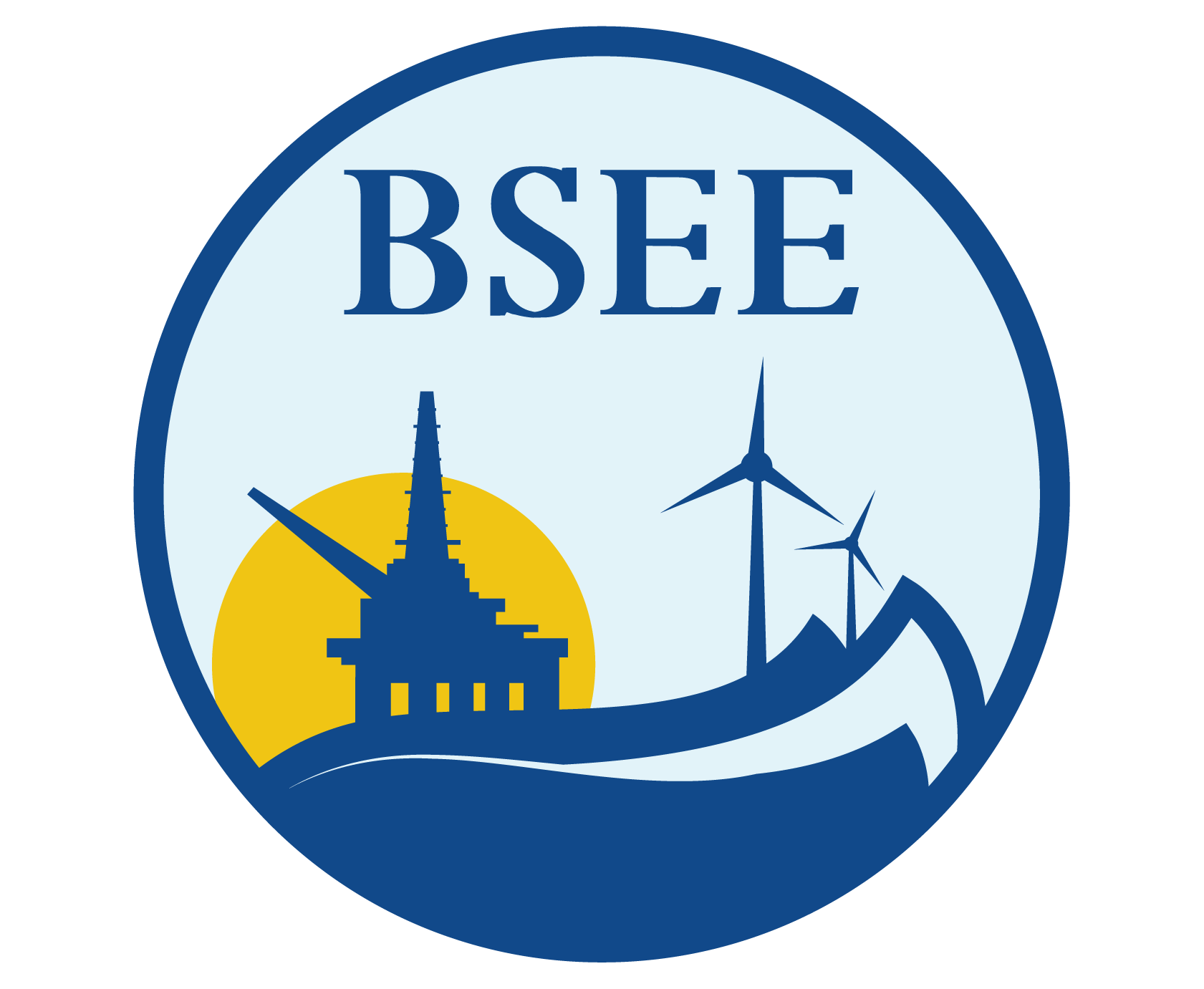TAP-604-Evaluation of Fatigue Life Models and Assessment Practice for Tension Leg Platforms (Phase 1: Tendon System Fatigue)
The objective of this project is to evaluate the state of practice in fatigue assessment in the offshore industry today. Of interest is an understanding of how fatigue life calculations are undertaken and how both load and resistance side uncertainties are employed in design for fatigue.
This objective will be accomplished via the following tasks:
